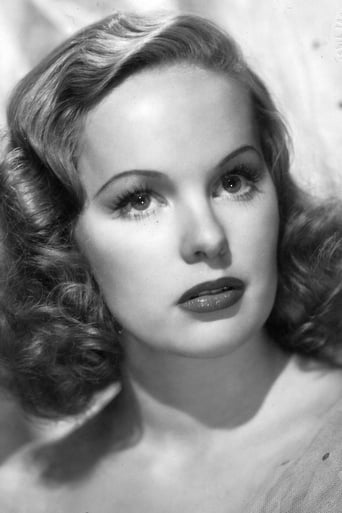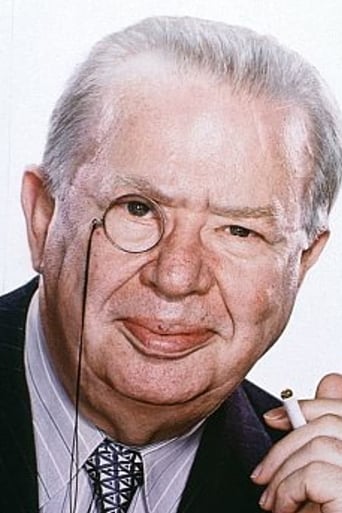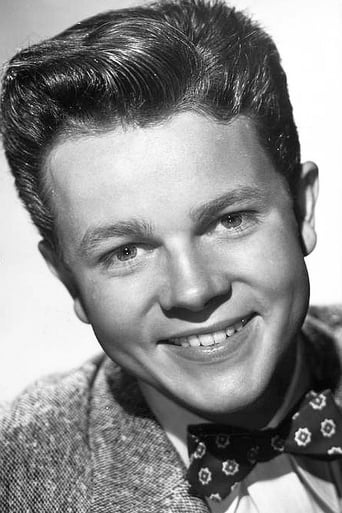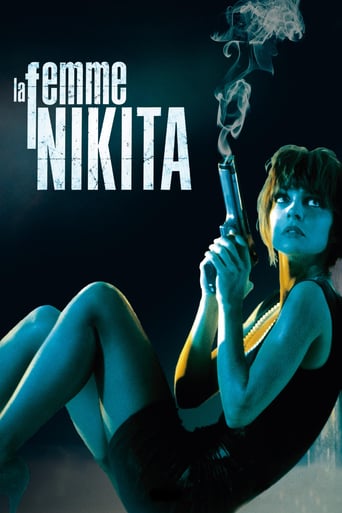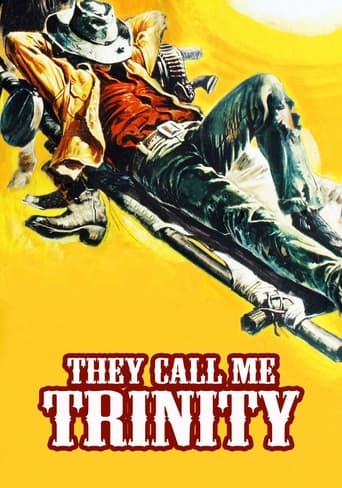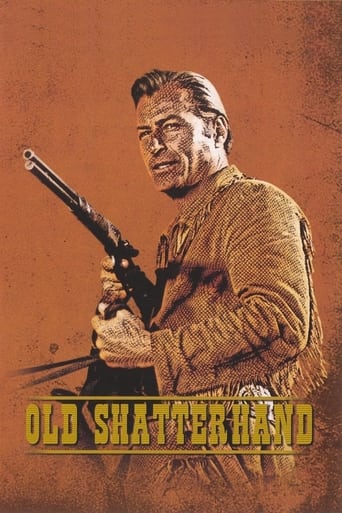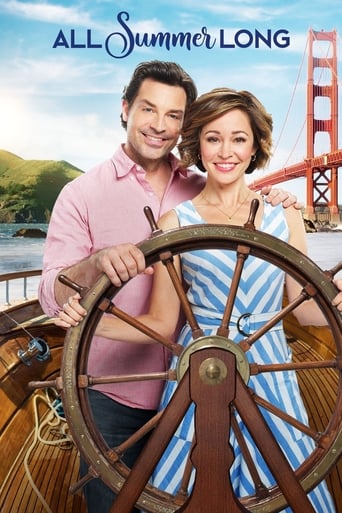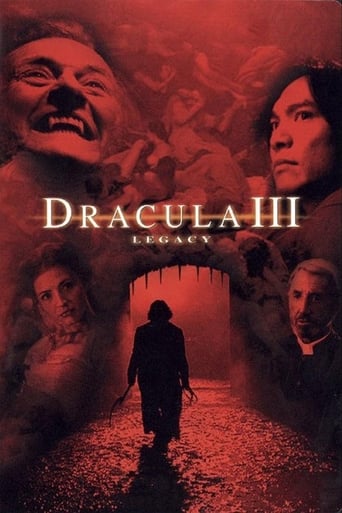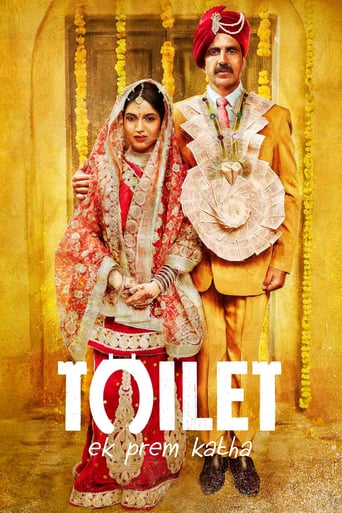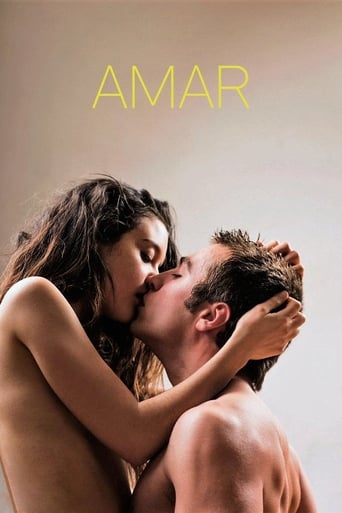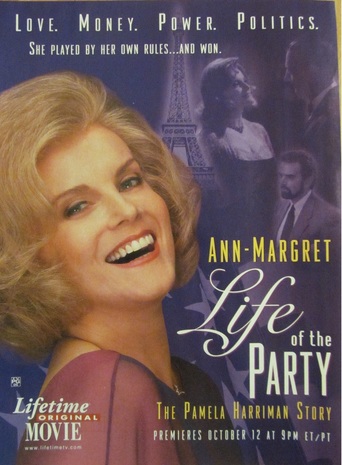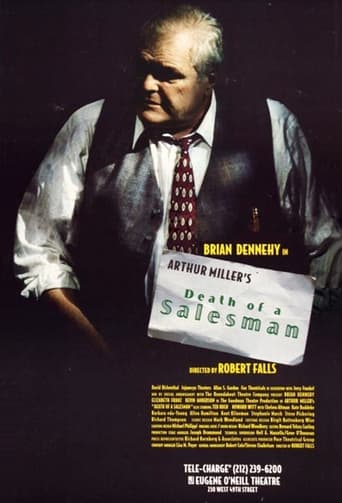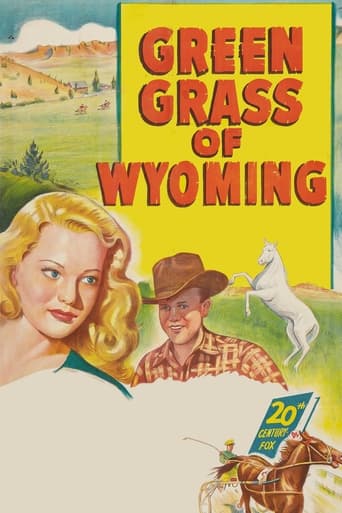
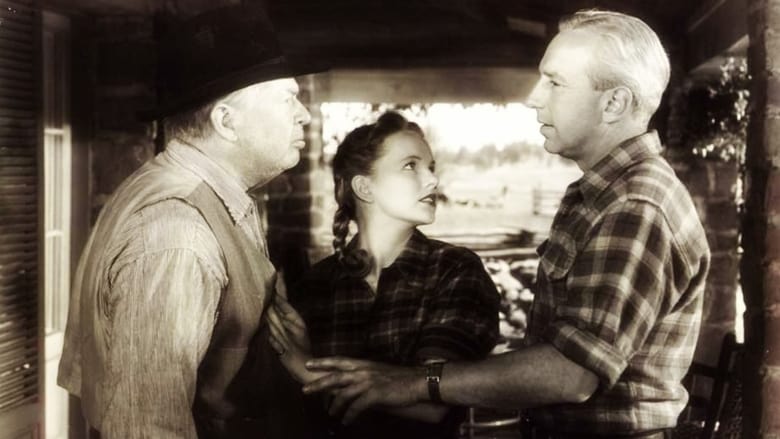
Green Grass of Wyoming (1948)
The romance of a rancher's niece and a rival rancher's son parallels that of a stallion and a mare.
Watch Trailer
Cast


Similar titles
Reviews
Songs (all rendered by Burl Ives): "Way Down Yonder in the Paw-Paw Patch"; "I Wish I Were Single Again"; "A Little Stranger". Sound recording: Bernard Freericks and Harry M. Leonard. Western Electric Sound System. Producer: Robert Bassler.Copyright 16 May 1948 by 20th Century-Fox Film Corp. New York opening at the Roxy: 9 June 1948. U.S. release: 20 April 1948. U.K. release: 21 February 1949. Australian release: 26 August 1948. Lengths: 8,166 feet, 90½ minutes (Australia); 89 minutes (U.S.A.); 85 minutes (U.K.).SYNOPSIS: Two Wyoming ranchers vie for honors at a trotting-race.NOTES: Clarke was nominated for an Academy Award for Best Color Cinematography (won by Joan of Arc). Green Grass of Wyoming is a sequel to Thunderhead, Son of Flicka (which itself is a sequel to My Friend Flicka).COMMENT: Third and final film in the Flicka series. Oddly enough, most of the main technicians from Thunderhead re-unite for this effort but this time the players are completely different. Even the Swedish man-of-all-work has been changed to an American Gus that will accommodate Burl Ives who is virtually repeating his characterization from Will James' Smoky (on which Bassler, King, Clarke and De Maggio also worked).There is a reason for the complete change of cast in that the McLaughlins are no longer the center of attention but are forced to share the limelight with two new characters played by Charles Coburn and Peggy Cummins. Just as well, for Master Arthur is no substitute for Roddy McDowall and even Lloyd Nolan fits indifferently into Preston Foster's shoes. Mr Ives, however, is a vastly more entertaining Gus - even if he has little to do in the action (his part in the climax is limited to a single camera set-up spliced into the proceedings at regular intervals). He does have two or three songs (wish there were more!) which he puts across with his usual delightful artistry.Charles Coburn plays what is virtually the lead role with ingratiating sympathy, but Peggy Cummins seems slightly ill-at-ease and miscast. She does her best, but her accent is all wrong too (even if the script does give her an Irish mother). Lloyd Nolan manages little more than to rattle off his lines but Will Wright is surprisingly effective in a much larger role than he is normally assigned. He does his own riding too - as does Coburn (except of course in the long shots of the race where it is skillfully doubled).Mr King's direction is a couple of notches above his usual pedestrian level, the locations are nothing short of breathtaking, and the film packs in more incident than Flicka and Thunderhead combined. The climactic race with its ingeniously suspenseful three heats is especially exciting (even if it does fall short of the thrilling conclusion of Home in Indiana}.Technical credits are Fox smooth. Mockridge has now mastered Alfred Newman's Flicka themes and although they are not as robustly delivered, they are more pleasantly and deftly handled than in Thunderhead. Which brings us to the one feature not mentioned till now: the horses. Animal and horse-lovers will find plenty to rejoice about. The picture even ends with an albino foal promising yet another sequel - although this did not eventuate. (Aside from the Flicka trilogy, the only other novel I have for Mrs Sture-Vasa is "The Catch Colt", published in 1978.)
Back in the sixties, when I was growing up in Lancaster, Ohio, I had heard that part of 1948's Green Grass of Wyoming was shot in Lancaster, because they wanted to film at a picturesque racetrack and grandstand setting for the harness racing scenes. I never saw the film until now, and I was delighted that it is true. On the site of the Fairfield County Fairgrounds, they filmed some wonderful action scenes. They even pronounced the name of the city correctly.I did think, though, it was strange that the film has the two owners of two horses take them all the way from Wyoming to Lancaster, OH to race them.A side note: the first shot of the race track and environs might look like an aerial shot, but it was taken from the top of Mt. Pleasant, a large mountain that rises above Lancaster, situated in the adjacent Rising Park. This mountain is a geological oddity in an area known for its rolling hills.I found the movie enjoyable. It is a coming-of-age story about a young horse lover (Carey) and a neighbor boy (Kenny). Amidst the beautiful scenery of Wyoming and Utah, they raise horses, with hopes of owning a champion trotter.I really enjoyed Peggy Cummin's portray of Carey. She has a beautiful voice and glows on screen.It is also fun to see a young Burl Ives. He sings and narrates.The highlights of the film for me were the action scenes involving animals. I have no idea how they got the horses (and other animals) to do what they did.
When I see horses, I see either a form of transportation or wonder if they taste like beef. I do NOT get misty-eyed or attach any emotional importance to them. Now don't assume I am a jerk--a lot of guys just don't get all sentimental about horses. Had the main characters been dogs or perhaps cute little orphans, then I might have been more interested. The bottom line is that I don't love horses and the only reason I saw this film was because it had Charles Coburn in it. Now DON'T give me a negative rating just because I feel this way--many people aren't sentimental about them and so I am warning these types of people to stay away from the film.Now if you think about the wind blowing in your hair every time you see a horse or cry because you remember reading stories such as "Stormy" or "Misty of Chincoteague", then this movie is for you! You'll get a huge dose of beautiful horses and you'll get to see them running majestically in the Wyoming hills as well racing in the most exciting sport known to mankind, trotting!!! Wow. Horses,...lots and lots of beautiful horses!!Okay, now depending on which group you are in, the rest of the plot may or may not be very important. The film begins at the ranch where Charles Coburn and his lovely granddaughter live. Playing somewhat against type, Coburn is a surly drunk. The surliness is pure Coburn, but the drunk part is pretty unusual. And, in this case, he's particularly surly because his prize horse ran off with a wild horse (Thunderhead). Much of the movie, Coburn plots on putting a bullet in Thunderhead, but eventually he and the other renegade horses are caught and none of them are turned into dog food (yay).A more prominent plot that unfolds just a bit later is about a neighbor and their son's seemingly bone-headed decision to buy a new horse while he's away in the city. However, you know based on the type movie it is that this new and very spirited horse will one day prove itself--you just know it.I really don't want to discuss the plot much more--partly because I'd hate to spoil it and partly because I just don't feel like it (after all, I am not a horse movie fan). My only real reason for watching it was for Coburn and in hindsight, it wasn't worth it. This is especially true because towards the end, a very old and fat Coburn is entered in the biggest trotting race in the country (as a jockey, not as a horse) and this just seemed ridiculous! Now I must say that it really looked like Coburn was driving, so they did a good job of faking it, but just who would believe that a 71 year-old man who probably weighed close to 300 pounds would be a jockey?!?Regardless of the silliness of this casting decision, the movie is competently made--just not all that interesting unless you absolutely adore horses. At least the film was professionally made and I could respect its production values--unlike MISTY, which I think was made for a budget just over $49.95.
After reading Mary O'Hara's Wyoming trilogy as a schoolgirl, I was surprised to find out a third movie had been made encompassing the final book. What a disappointment! Even the fine actor Lloyd Nolan is lukewarm as Rob McLaughlin. The plot has been changed so that the story is almost unrecognizable; all that remains is that Thunderhead does steal Crown Jewel for his band and that they are rounded up eventually and Thunderhead is not shot. The book was a coming-of-age story for both Ken and for Carey, who in the book is under the domination of her overbearing grandmother. One of the crucial parts of the book is Carey's final victory over the older woman. Instead her relationship with her grandfather (in the book Beaver is her wealthy uncle) is a plot out of every other horse-racing movie of that era: washed-up trainer getting another chance. Also, in the book Crown Jewel belongs to Carey, not to Ken.


